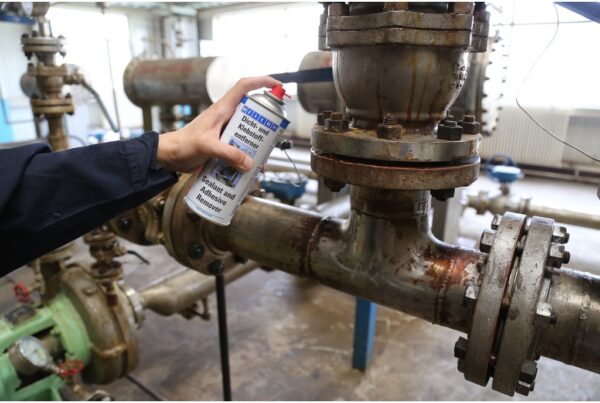The maintenance logbook is not just “paperwork”, it is one of the most important weapons for maintenance staff to ensure the safety of machines and timely interventions.
Here is what a good maintenance logbook looks like and what hidden values it can have.
What is a maintenance logbook and why is it good?
A maintenance logbook is a systematic documentation that helps you to track the condition of your machines, the work carried out, the materials used and the defects.
It can be paper-based, but is increasingly being kept in digital systems (CMMS – Computerised Maintenance Management System).
Benefits:
- Preventive maintenance schedules can be accurately tracked.
- Reduces unexpected downtime.
- Helps identify recurring faults or construction problems.
- Increases machine life.
- Document the work carried out (e.g. in case of audit, ISO or EHS inspection).
- Makes it transparent who did what and when.
When and where to use it?
Any place where machines are operated, especially if they play a key role in production.
For example:
- Production lines (automotive, food, packaging, etc.)
- Warehouse logistics (automated systems, conveyors)
- Building services (HVAC, cooling-heating systems)
- Agricultural machinery (combine harvesters, sprayers, etc.)
- Mining, cement – essential for heavy-duty machinery
Where there is no regular monitoring, there will be trouble sooner or later.
What is included and why?
Here is the content of a typical maintenance logbook:
- Machine ID (name, model number, location) – identify exactly which piece of equipment it is.
- Date and time of maintenance – you can trace back when maintenance was carried out.
- Description of work carried out – what was replaced, what was checked, what faults were found.
- Parts and materials used – important information for future ordering and analysis.
- Name/signature of person who carried out maintenance – responsibility, traceability.
- Condition of the machine after maintenance – e.g. ‘ready for service’, ‘reduced capacity’, ‘needs further repair’.
- Next maintenance due – helps with scheduling and prevention.
- Comment/suggestion – e.g. “Recommended to replace the belt within 3 months”.
Hidden values of the maintenance logbook
1. Maintenance log = knowledge retention
One of its most useful aspects is that it preserves experience. When an older colleague retires, they often take their “retained” knowledge with them. If the logbook is kept well:
- it will tell you what trick a particular machine needs,
- what a particular noise indicates,
- what was the solution to a difficult problem to reproduce.
This knowledge is worth its weight in gold later on.
2. Inventory of maintenance not done
It may sound strange, but it is important to keep a record of when maintenance has not been done for some reason.
For example:
- a lubrication could not be carried out because the machine could not be stopped,
- or the right bearing was not in stock,
Record this information so that it is not lost or forgotten. It helps later if you want to reverse engineer a series of errors.
3. Tool for two-way communication
Not only for the maintenance person to record, but also for the operators to record their experiences:
- they heard a strange noise,
- the machine shook strangely when starting up,
- it has to be restarted twice a day but it works.
These small signs can help to anticipate a fault that the maintenance worker has not yet noticed.
4. Digital solution
There are now many CMMS (e.g. Fiix, MaintMaster, or simpler Google Forms based systems) that can be managed from a mobile device. This has several advantages. No need to go back to the office to type things in. You can attach a photo, for example of a damaged bearing. Plus, you can see immediately what’s left on the calendar.
5. Data-based maintenance
Did you know that many large companies no longer perform maintenance on a time basis, but on a condition basis?
For example:
- vibration diagnostics indicates an incipient fault,
- thermal imaging shows overheating,
- noise level measurement shows wear and tear.
This information is automatically entered into the maintenance log and the whole system learns from it.
A well-maintained maintenance log is like the health record of a machine. The more accurate it is, the faster and more efficiently you can react. And best of all, it’s not just the machines that are grateful, but the bosses too, when they see improved availability and fewer machine downtime.
If you also think prevention is more important than dealing with problems, visit our thematic webshop on maintenance (bearing installation target tools, automatic lubrication systems) or ask our expert colleagues for help!



